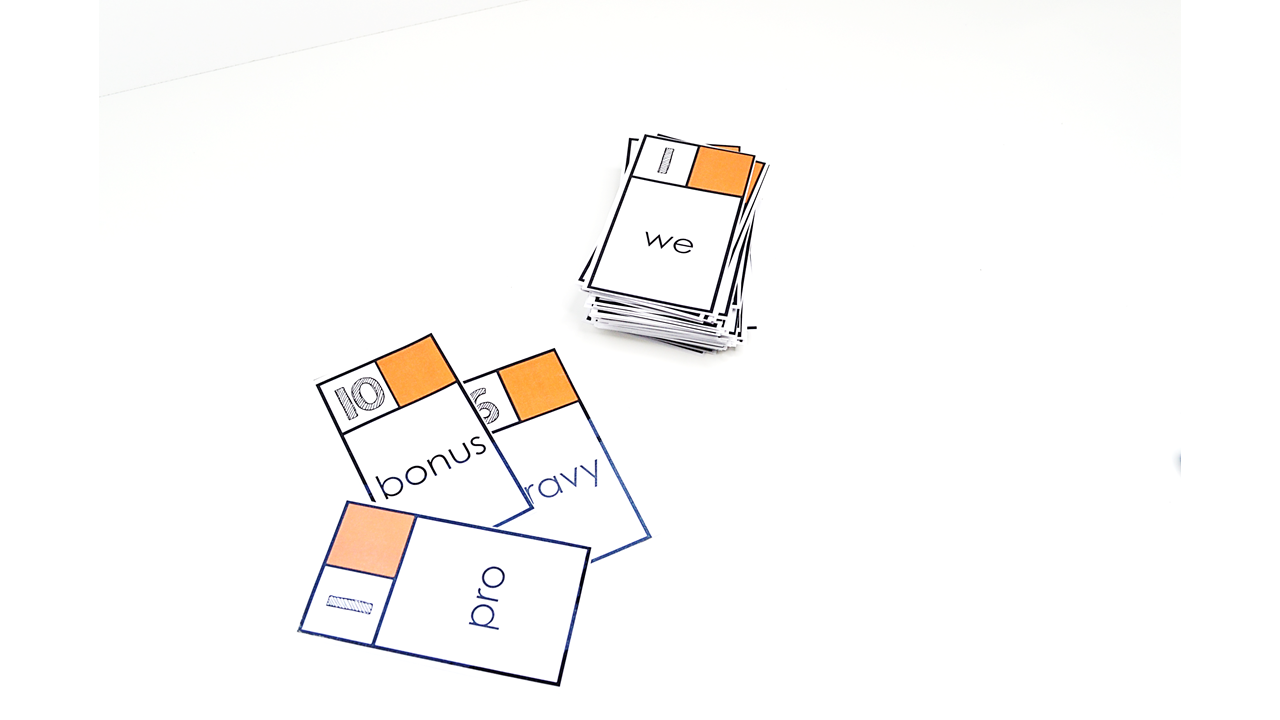Why You Should Use Games in Your Reading Instruction
Have you ever looked around during intervention and thought… “My students are tuning out. Again.”
If you’ve felt that frustration, you’re not alone. Reading intervention is hard for students. We’re asking them to practice skills that have always been tough for them: decoding tricky words, applying spelling rules, and building fluency. Without engagement, the work feels tedious. And without repetition, the skills won’t stick.
So how do we solve both problems at once? Games.
Why Games Work
1 - Games make repetition fresh
Students need multiple exposures to master a skill, sometimes dozens. Worksheets alone won’t get them there. Games provide that repetition, but in a way that feels novel each time.
2 - Games boost engagement
The brain loves novelty, choice, and challenge. When students are having fun, they’re also building memory pathways that make learning stick.
3 - Games create positive associations
For many students, reading has been a source of stress. Games flip the script — suddenly, reading can feel fun, collaborative, and confidence-building. Even older students engage more when you can transition something that typically feels boring, into fun.
Where Games Fit in Instruction -
This is important: games are not a replacement for instruction. They’re a reinforcement tool.
Think of your lessons in three stages:
1. Explicit Instruction — teach the concept clearly and directly.
We always want to start with systematic and structured instruction. For example, if we were teaching about open syllables. We would start by explaining that open syllables occur when you have one vowel that is left “open” or free at the end of the syllable like in the words “go” or “we.”
2. Structured Practice — give students controlled opportunities to apply the skill.
Next, we would have students practice identifying open syllables by marking those syllables in a set of provided words so they could see exactly what that would look like.
3. Games for Reinforcement — provide repetition and review in an engaging way.
Then, once students have received the explicit instruction and structured practice, we would begin to cycle games in as a way to review the concepts until they’re solidified. This cycle ensures that games aren’t just “filler” at the end of a lesson. They’re a strategic tool to help students solidify what they’ve learned.
Why Games Matter for Teachers Too
Here’s the honest truth: games don’t just benefit students. They benefit you.
I started leaning on games because I was bored. My students were dragging, I was dragging, and I knew something had to shift. When I added games, I suddenly had a room full of students laughing, competing, and staying focused, and I felt energized teaching again.
That’s the secret: games bring fun back to both sides of the lesson. Because let’s face it, these concepts are boring!!!
So there you have it…
Games aren’t fluff. They’re one of the best ways to:
Keep students engaged.
Provide repetition for your students.
Differentiate without adding extra prep.
Bring joy back to your teaching.
So here’s your challenge: the next time you grab a word list, don’t just drill it. Turn it into a game, roll a die, make it into Tic-Tac-Toe, or use it for a quick round of Word War. Notice how the energy shifts.
Want More?
We’re going even deeper in our Spotlight PD: The Literacy Game Plan: Using Games to Teach, Engage, and Differentiate.
We’ll walk you through the full framework, share ready-to-use templates, and help you design your own Literacy Game Plan so you head into the new year with practical, fun tools for your students.
And in the meantime, check out our favorite games in our shop to see what a massive shift games can create in your instruction!


